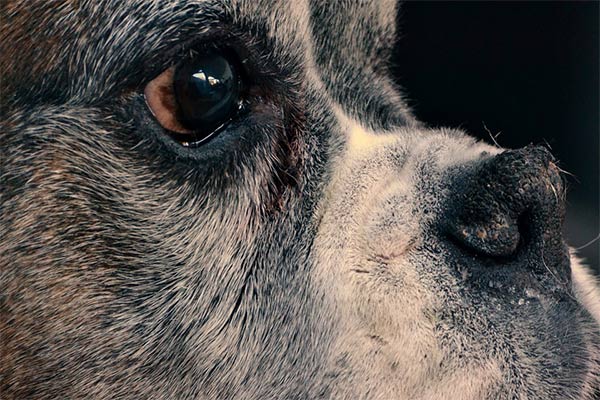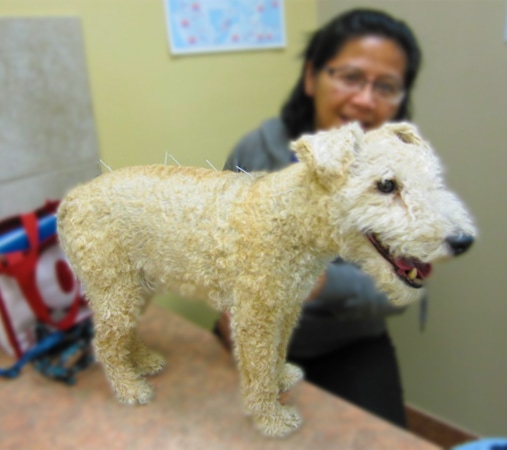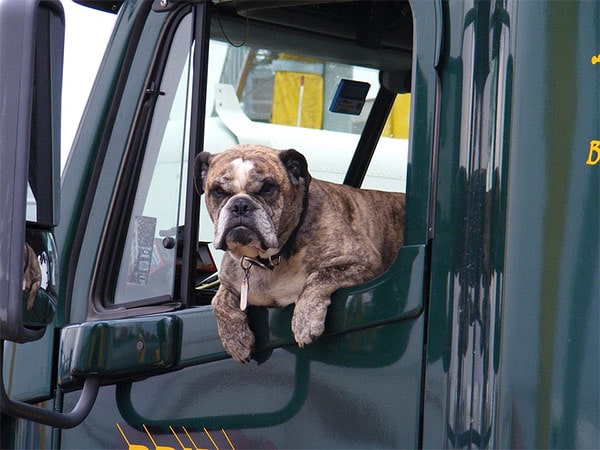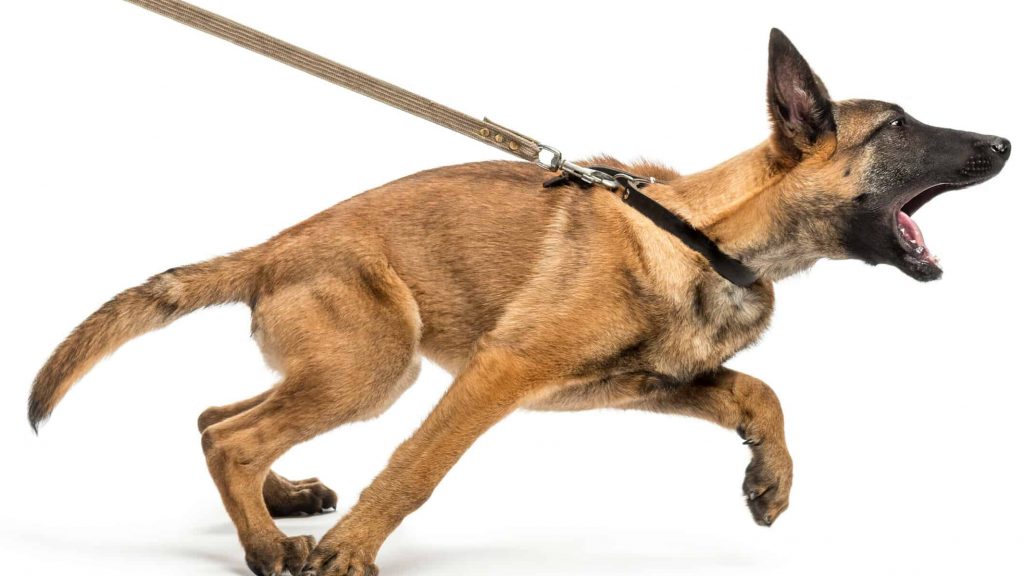By Dr. Jennifer Tavares, VMD, and Chris Pitts, RVT, of Broadway Animal Hospital.
Cushing’s disease can mimic a lot of other conditions. With its main disease signs of increased water intake, increased urination, increased appetite, a decrease in skin quality, the onset of lethargy, obesity, and loss of muscle tone, it can look a lot like kidney disease or a low thyroid hormone level to your veterinarian. To many lay-people, it may seem to be just the normal signs of old age.
Therefore, at the veterinary hospital, a basic chemistry profile, urinalysis and thyroid test are typically run to rule out the kidneys or thyroid as being the culprit. When these initial tests come back with normal kidney and thyroid function, then more specialized tests, such as a low-dose dexamethasone suppression test, may be ordered to definitively diagnose Cushing’s disease.
The technical name for Cushing’s disease is hyperadrenocorticism. As the name indicates, the disease is caused by an overproduction of cortisol by the adrenal cortex. It is caused by hyperplasia, or overgrowth, of the adrenal or pituitary tissues, which leads to an increased release of cortisol into the blood stream.
Cushing’s disease is most commonly found in older dogs, but it can occur in younger pets as well. Some of the more pronounced physical changes that can occur with Cushing’s disease are dull skin and coat, and a pendulous abdomen. To the casual observer these symptoms can be taken merely as signs of old age, but they tend to be hallmarks for Cushing’s disease.
Despite Cushing’s disease being an issue of increased cortisol levels in the blood stream, diet does not seem to have an effect on either improving or worsening this condition. We recommend feeding a dog food that fits with your budget, your personal philosophy (if organic is important to you, go for it), and that your dog’s GI tract best tolerates.
There are medications available to alleviate Cushing’s disease. They act to decrease the cortisol levels in the blood stream, and thereby decrease your dog’s sense that he must eat and drink everything in sight. Improvement in skin and coat quality are often noted. So don’t write your dog off as “just getting old.” He might just be a geriatric guy who needs a little metabolic assistance.







